Programmable logic controllers (PLC) and programmable automation controllers (PAC) are two types of industrial controllers used to automate processes and machines in manufacturing, processing, and other industrial applications. Both types of controllers have similar functions, but there are also significant differences between them.
In this article, we will take about the differences, similarities, and examples of PLC and PAC.
Contents:
- What are PLCs?
- What are PACs?
- Similarities between PLC and PAC.
- Differences between PLC and PAC.
- Examples of PLC models from various vendors.
- Examples of PAC models from various vendors.
- When is a PLC best fit? And when is a PAC?
- Conclusion
What is a PLC?
PLC stands for Programmable Logic Controller, which is a specialized industrial computer used for automation control systems. PLC is designed to operate in harsh environments and are used to control machinery in manufacturing plants, assembly lines, and other industrial settings.
PLC can be programmed using 5 different languages such as ladder logic, function block diagrams, structure text, instruction list, and sequential charts. These 5 languages are approved and applied as per the IEC 61131-3 standards.
What is a PAC?
PAC stands for Programmable Automation Controller, which is similar to a PLC but has more advanced functionality. PAC combines the capabilities of a traditional PLC with the ability to perform much more complicated tasks and communicate with other devices and systems, making them more flexible and powerful than PLC.
PAC is typically used for more complex automation and control applications in industries such as automotive, aerospace, and power generation. PAC can be programmed using the same 5 languages as PLC but also they can be programmed using C and C++, giving them the ability to handle coding more complex algorithms.
Similarities between PLC and PAC
The similarities between PLC are PAC are too many that it is difficult sometimes to tell if they are even different. Although there is still some difference between them.
The similarities they share can be even more. Here are some of the common points between PLC and PAC:
Core Functionality
Both PLC and PAC are designed to provide reliable and accurate control of industrial automation systems. They are used to monitor inputs from sensors and other devices, process the information, and then output control signals to actuators and other equipment.
Programming
Both PLC and PAC use programming languages to create control logic that determines the behavior of the automation system. They share the 5 programming languages defined in the IEC 61131-3 standards, but PAC offer more programming language options including C and C++.
Durability
Both PLC and PAC are built to withstand harsh industrial environments, such as temperature extremes, humidity, and vibration. They are designed to be rugged and reliable, with long lifetimes and lower maintenance requirements.
Modular Design
Both PLC and PAC have a modular design, which allows for easy expansion and customization. Modules can be added or removed to meet specific requirements.
Industry Standards
Both PLC and PAC are built to meet industry standards for automation and control systems, such as IEC 61131. These standards ensure interoperability between devices and systems from different manufacturers.
Differences between PLC and PAC
The distinction between PAC and PLC can be somewhat blurry. While there is no definition of what constitutes a PAC, there are some common characteristics that differentiate PAC from PLC:
Functionality
While both PLC and PAC are used for automation and control applications, PAC have more advanced functionality such as motion control, process control, and data acquisition. PAC also typically have more processing power and memory than PLC.
Connectivity
PAC have more advanced connectivity options than PLC, including Ethernet, USB, and wireless. This makes it easier to integrate them into larger automation systems and to communicate with other devices and systems.
Cost
Because of their more advanced functionality and flexibility, PAC are generally more expensive than PLC.
More Advanced Features
PAC often have more advanced software features than PLC, such as integrated motion control, data logging, and advanced diagnostic tools. These features make it easier for engineers and technicians to monitor and troubleshoot the control system.
Examples of PLC Models from various Vendors
Siemens S7-1500 PLC:
This is a high-performance PLC from Siemens, one of the leading automation vendors. It is designed for demanding applications and offers advanced functions such as motion control, safety, and security. See picture 1.
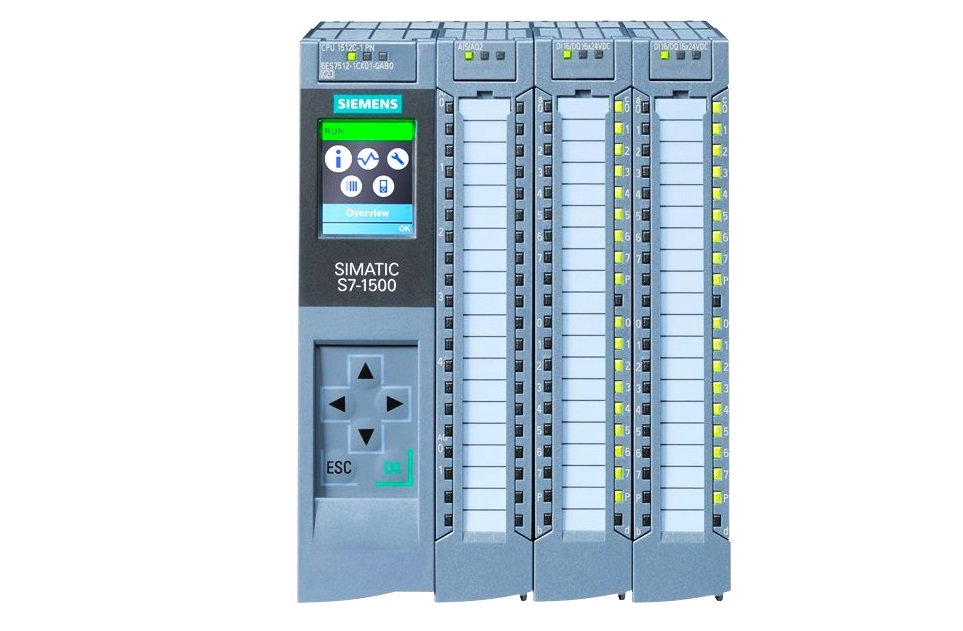
Allen-Bradley CompactLogix 5370 PLC:
This is a versatile PLC from Rockwell Automation that offers a wide range of I/O options and communication protocols. It is suitable for a variety of applications, including machine control and process automation. See picture 2.
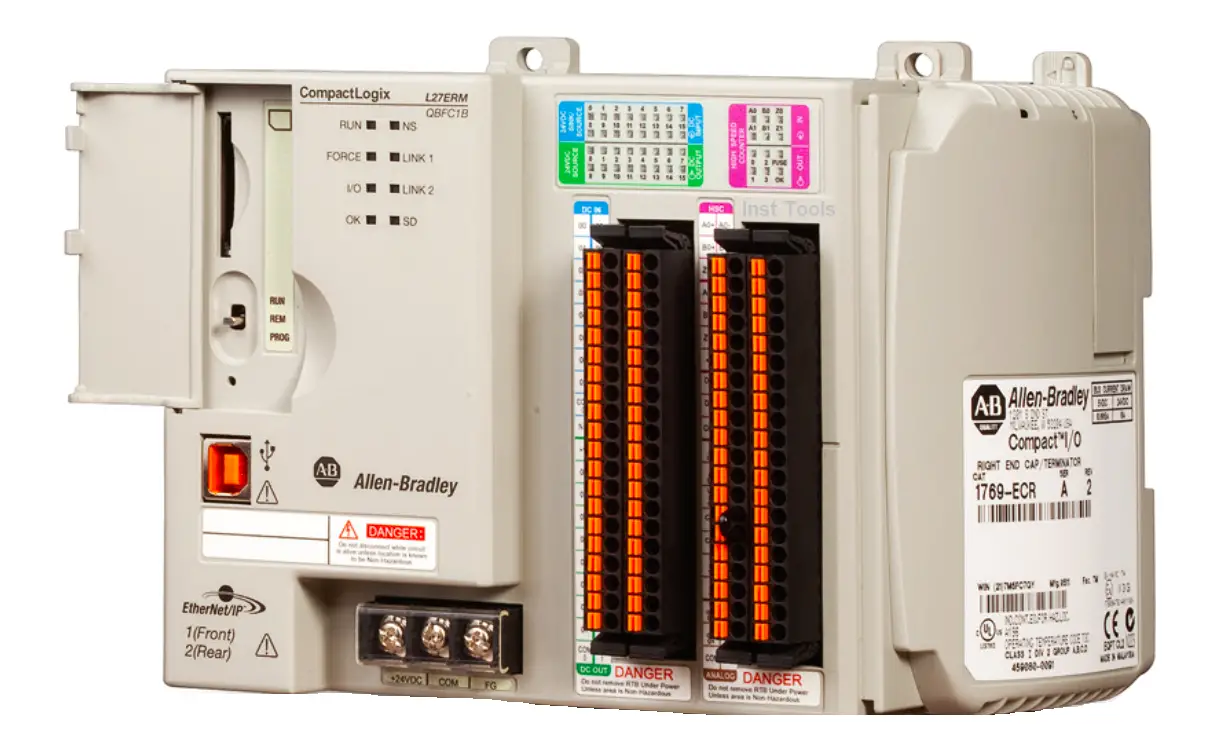
Mitsubishi Electric Q Series PLC:
This is a reliable PLC from Mitsubishi Electric that offers high-speed processing, flexible I/O options, and advanced programming capabilities. It is suitable for a variety of applications, including automotive, food and beverage, and pharmaceuticals. See picture 3.
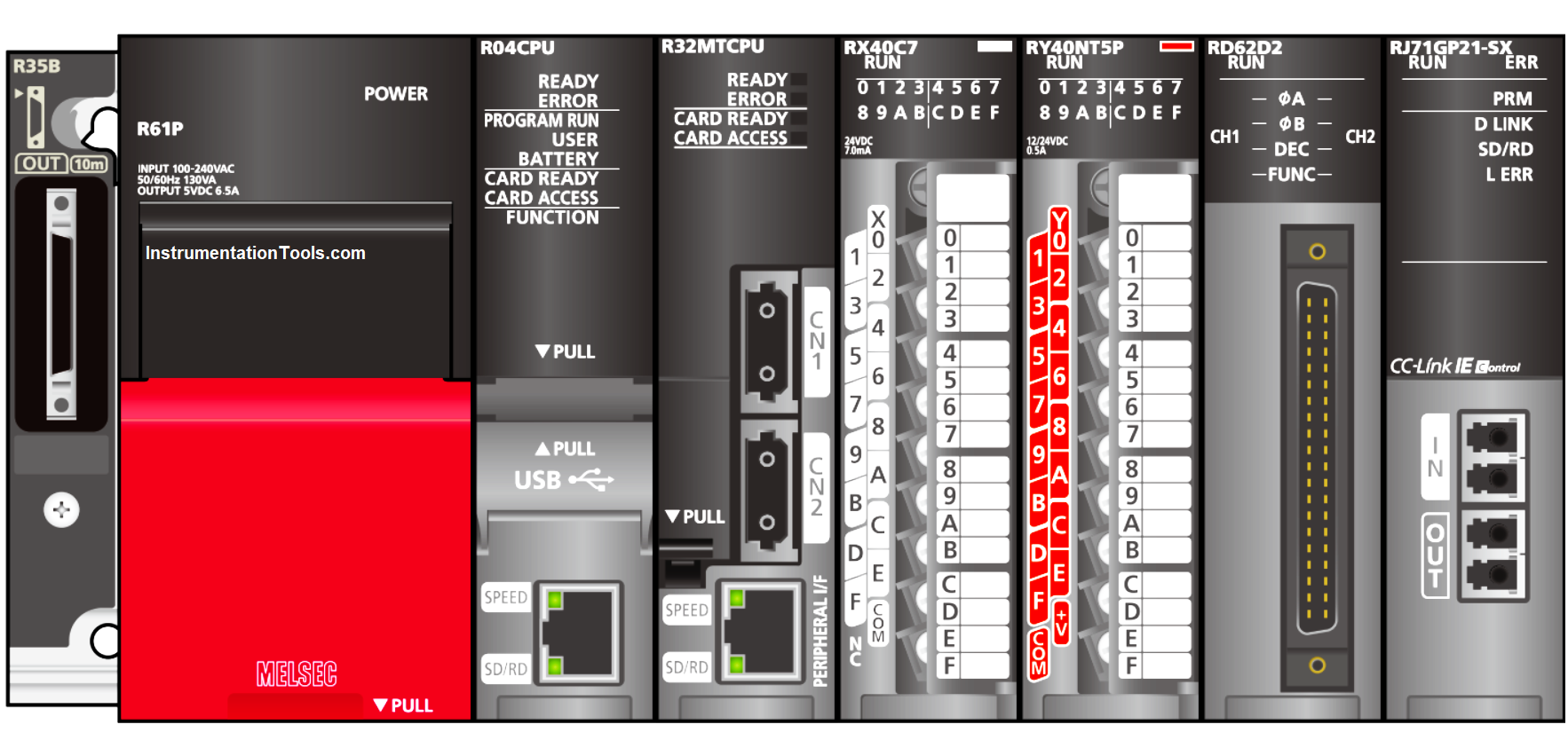
Omron NJ Series PLC:
This is a high-speed, high-performance PLC from Omron that offers advanced motion control and network capabilities. It is suitable for a variety of applications, including packaging, printing, and semiconductor manufacturing. See picture 4.
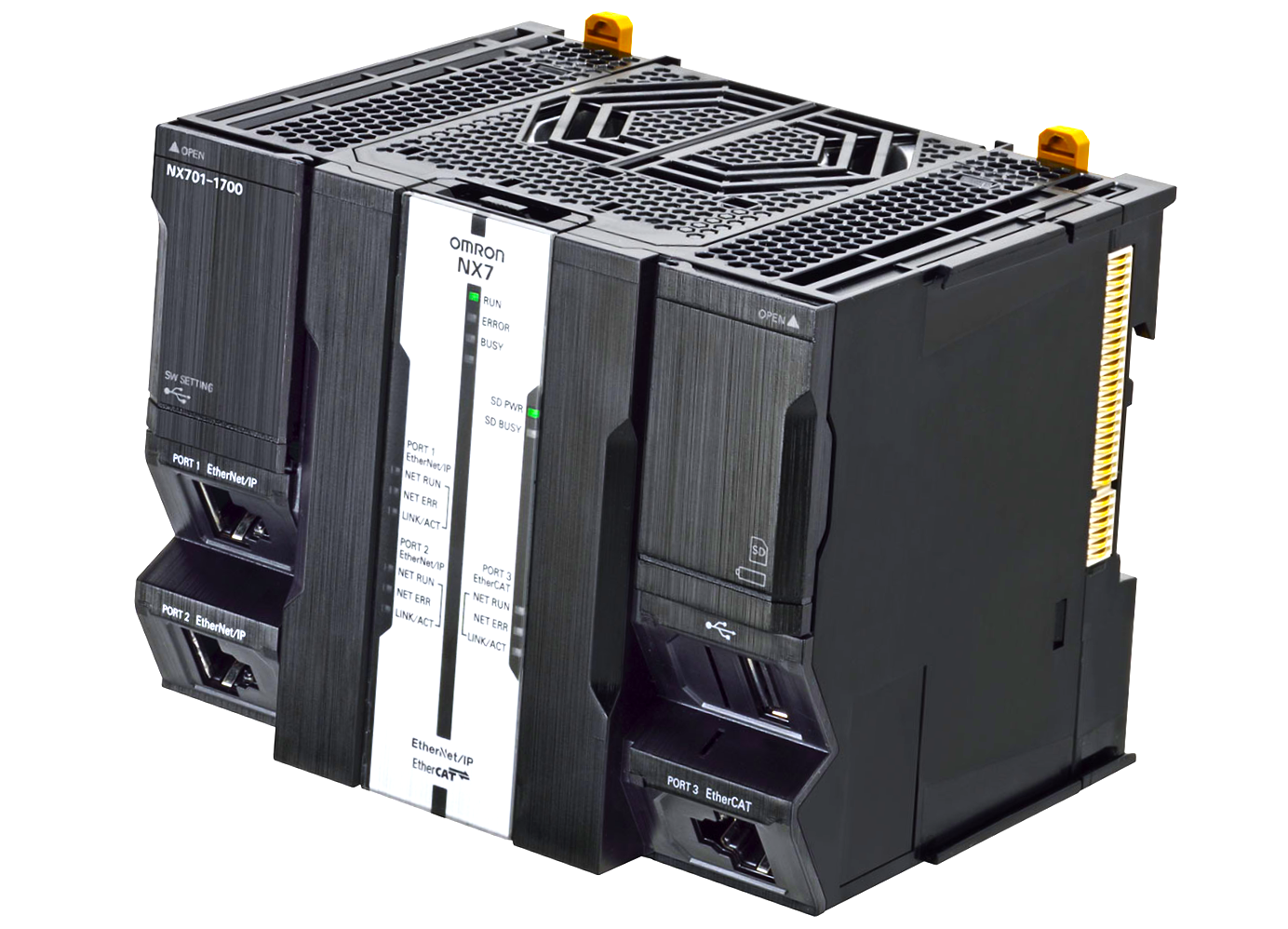
Beckhoff TwinCAT PLC:
This is a software-based PLC from Beckhoff that runs on a PC-based platform. It offers advanced functions such as motion control, CNC, and robotics, and is suitable for a variety of applications, including machine control and process automation. See picture 5.

Examples of PAC Models from various Vendors
Emerson DeltaV DCS PAC:
This is a distributed control system (DCS) PAC from Emerson. It is designed for complex continuous control applications and offers advanced functions such as process modeling, batch management, and advanced control. See picture 6.
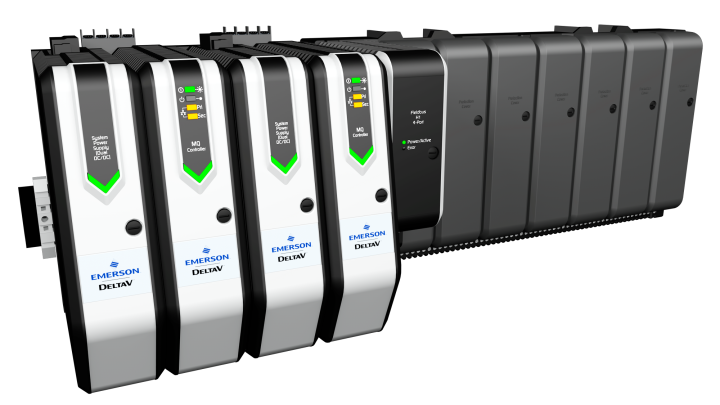
Schneider Electric Modicon M340 PAC:
This is a high-performance PAC from Schneider Electric that offers advanced functions such as motion control, safety, and cybersecurity. It is suitable for a variety of applications, including energy, water treatment, and mining. See picture 7.

Some other examples of PAC are as follows:
- ABB AC 800M PAC
- Yokogawa ProSafe-RS PAC
- Phoenix Contact PLCnext Technology PAC
- Bosch Rexroth IndraMotion MLC PAC
When is a PLC best fit? And when is a PAC?
PLC and PAC are used in different types of automation applications depending on the specific requirements of that application. Here are some general guidelines on where a PLC is best fit and where a PAC is the best fit:
PLCs are the best fit at:
Discrete control applications:
PLCs are best suited for applications that involve discrete control, such as controlling the operation of a conveyor, sorting equipment, or packaging machinery.
Simple control systems:
PLCs are ideal for applications that have a relatively simple control system that can be programmed using ladder logic or other similar programming languages.
Cost-sensitive applications:
PLCs are generally less expensive than PACs, which makes them a good choice for applications where cost is a significant factor.
Small to medium-sized systems:
PLCs are suitable for small to medium-sized control systems, where the number of inputs and outputs is relatively low.
A conveyor system in a manufacturing plant is a good example of an automation system where a PLC is the best fit. In this application, the PLC is responsible for controlling the speed and direction of the conveyor, as well as monitoring the status of sensors and other equipment along the conveyor line. The PLC can also be programmed to handle specific production tasks such as sorting, counting, or packing.
A conveyor system typically has a fixed structure and a well-defined set of operations that need to be executed in a sequential manner. PLC are well-suited for this type of application because they are designed to handle discrete control tasks and are very reliable in their operation. PLC can be easily programmed and configured to handle different types of sensors, actuators, and communication protocols.
PACs are best fit at:
Process control applications:
PAC best suited for applications that involve process control, such as controlling the operation of a chemical plant, water treatment plant, or power plant.
Complex control systems:
PAC ideal for applications that have a complex control system that requires advanced algorithms and optimization functions.
Large-scale systems:
PAC suitable for large-scale control systems, where the number of inputs and outputs is high and the system is distributed over a large area.
High-performance applications:
PAC capable of handling high-performance applications that require fast data processing, real-time control, and high reliability.
A power plant control system is a good example of an automation system where a PAC is the best fit. In this application, the PAC is responsible for controlling and monitoring a large number of complex processes and equipment, such as turbines, generators, boilers, and pumps. The PAC is also responsible for collecting and analyzing data from various sensors and other sources and making decisions based on that data to optimize the plant’s performance.
A power plant control system is a very complex and dynamic environment, with many different processes and equipment operating simultaneously. PAC are well-suited for this type of application because they offer advanced functions such as distributed control, redundancy, and fault tolerance, which are essential for ensuring the reliability and safety of the plant. PAC can handle large amounts of data and can be programmed to perform complex algorithms and optimization tasks.
Conclusion
- PLC and PAC are both used in industrial automation applications.
- They have different capabilities and are best suited for different types of applications.
- When selecting between PLC and PAC, it is essential to consider the specific requirements of the application.
- PLC typically used in discrete control applications that have a relatively simple control system.
- PAC used in process control applications that have a complex control system and require advanced algorithms and optimization functions.
If you liked this article, then please subscribe to our YouTube Channel for Instrumentation, Electrical, PLC, and SCADA video tutorials.
You can also follow us on Facebook and Twitter to receive daily updates.
Read Next:
- Induction Motor using PLC Logic
- Offline and Online UPS Systems
- Modbus Driver for SCADA System
- Comparison of PNP and NPN Sensors
- Allen Bradley ControlLogix Architecture